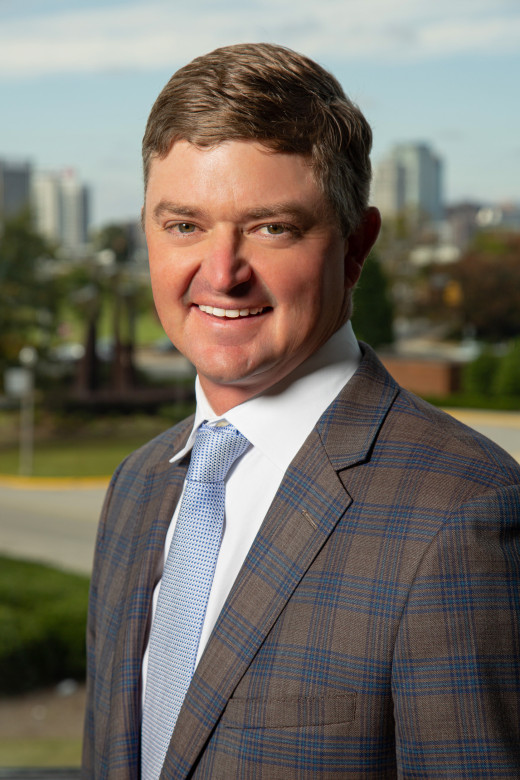
Understanding Turf Toe: Q&A with Dr. Norman Waldrop
Foot & Ankle Orthopaedic Surgeon
Turf toe has been making headlines across the sports world — but what is it really, and why does it matter so much to athletes? We sat down with Dr. Norman Waldrop, orthopaedic foot & ankle surgeon at Andrews Sports Medicine, to break down the basics.
Q: Dr. Waldrop, we've been hearing the term "turf toe" a lot lately. What is it exactly?
Dr. Waldrop: I’ve gotten lots of questions recently about what turf toe is. It’s certainly been a hot-button topic in the athletic world, and while it can sound confusing, it’s actually a fairly simple injury to understand. Turf toe typically occurs when your big toe gets forced upward — usually by another player landing on the back of your foot, causing significant dorsiflexion (upward movement) of the toe. When that happens, the plantar plate — the thick ligament-like structure underneath the big toe joint — can tear.
Q: Is turf toe always the same severity, or can it vary?
Dr. Waldrop: Turf toe is actually a spectrum of injury. It can range from a simple sprain of the plantar plate to a complete tear. Because of this range, some athletes might have mild discomfort, while others could face a much more serious and limiting injury.
Q: Why is turf toe such a big deal for athletes?
Dr. Waldrop: This can be a very painful injury and it can significantly affect your ability to push off with your big toe. For athletes — especially those who sprint, cut, and change direction quickly — the big toe is essential for power and propulsion. If that push-off is painful or unstable, it can limit performance and keep players off the field.
Q: Is turf toe really that big of a deal? Can athletes play through it?
Dr. Waldrop: People always ask, “Is it a big deal? Can I play through it? What can happen down the road?” Well — it all depends on the type and severity of the injury. As I mentioned earlier, turf toe exists on a spectrum:
- Grade 1: Mild sprain
- Grade 2: Partial tear (often with the lateral side still intact)
- Grade 3: Complete tear of the plantar plate
Q: When does turf toe require surgery?
Dr. Waldrop We typically operate when turf toe is a grade 3 injury — meaning there’s been a complete tear of the plantar plate on the bottom of the big toe. The plantar plate is the key structure connecting the big toe (proximal phalanx) to the sesamoid bones and the muscles behind them.
When that connection is lost, so is your ability to push off effectively. If left untreated, it can cause significant disability. Over time, the big toe can drift upward — a problem we call “cock-up toe deformity.” This leads to chronic pain, functional limitations, and often an inability to return to sport.
Q: How successful is turf toe surgery today?
Dr. Waldrop: The good news is that surgical outcomes have improved significantly over the last 15–25 years. Advances in surgical techniques and rehabilitation have made it possible for athletes to return to play — often at the same level they were performing before the injury. Our goal is to restore stability, reduce pain, and allow a confident push-off so athletes can compete safely and effectively.







